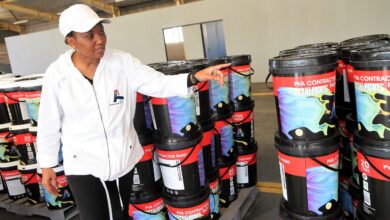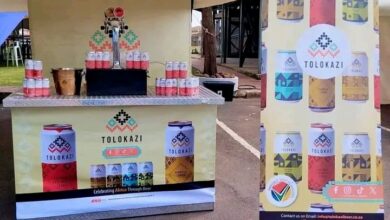From Kitchen Creams to Global Prestige: The Strategic Rise of Estée Lauder
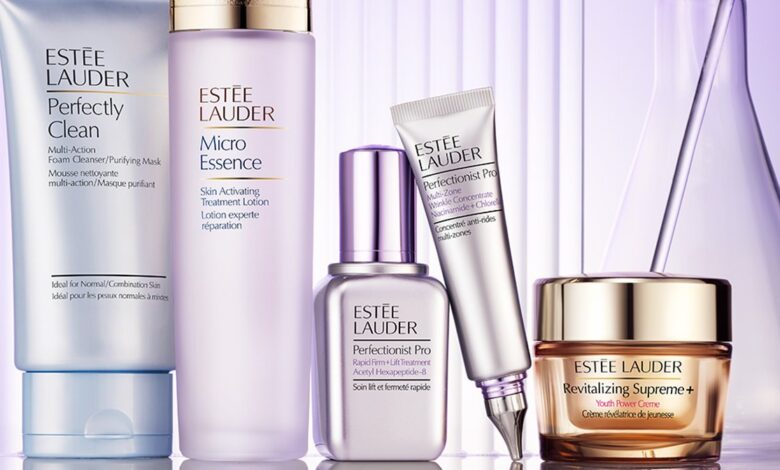
From Kitchen Creams to Global Prestige: The Strategic Rise of Estée Lauder. When Estée Lauder founded her namesake company in 1946 with just four skincare products, few could have predicted it would grow into one of the world’s most influential beauty empires. But her journey from a modest startup to a multibillion-dollar global brand was marked by bold strategy, relentless belief in product quality, and a keen understanding of her market.
Authentic Beginnings: Building Trust from the Ground Up
Estée Lauder, born Josephine Esther Mentzer, started her brand based on a belief in product performance and personal relationships. She learned about skincare from her chemist uncle and began selling creams made in her kitchen to salons and clients across New York. Rather than relying on flashy advertising in the early days, she focused on one-on-one demonstrations and generous free samples—a now-standard marketing technique she helped pioneer.
A key turning point came in 1948 when Saks Fifth Avenue agreed to carry her products. Estée herself worked on the store floor, demonstrating products to customers and training sales staff. Her hands-on approach ensured the brand’s voice and quality were never diluted.
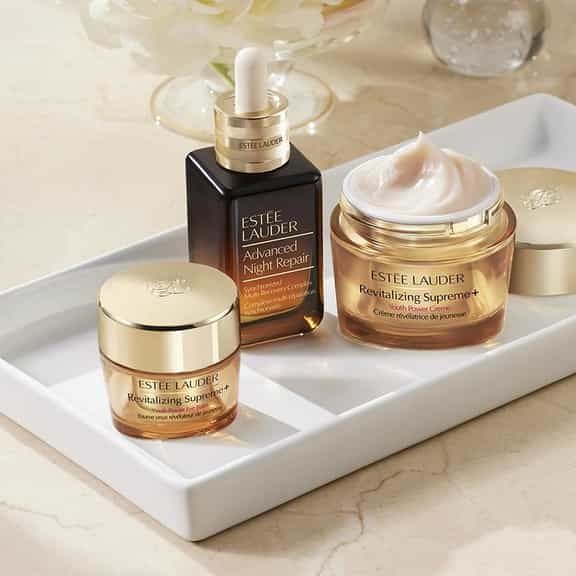
Smart Marketing and the Power of Exclusivity
Estée Lauder revolutionized the way cosmetics were marketed. She recognized early on that women didn’t just want products—they wanted luxury, experience, and results. This insight led to campaigns that emphasized aspiration and exclusivity. One of her most effective tactics was the “Gift with Purchase” strategy introduced in the 1950s. Instead of discounting products, Estée offered free miniatures with purchases, encouraging brand trial without devaluing her products. The concept became a cornerstone of luxury retail marketing.
She also placed a strong emphasis on the look and feel of her counters. Lauder insisted on immaculate presentation, gold-accented packaging, and an aura of sophistication that aligned with the lifestyles of her target customers.
Resilience Through Expansion
As the brand grew, so did its ambitions. In 1960, Estée Lauder launched internationally through Harrods in London. It was a calculated move; the British department store had cachet and global clientele. This launch laid the groundwork for Estée Lauder’s later expansion into France, Hong Kong, and the Middle East.
The company maintained tight control over its image by establishing subsidiaries rather than licensing the brand in new markets. This strategy allowed the brand to maintain consistency in quality and customer experience globally.
Estée Lauder also adapted to changing market dynamics. During the 1990s, the company expanded its portfolio through acquisitions, including MAC (1994), Bobbi Brown (1995), and Aveda (1997). This diversified its product offering and captured new demographics without diluting the core brand.
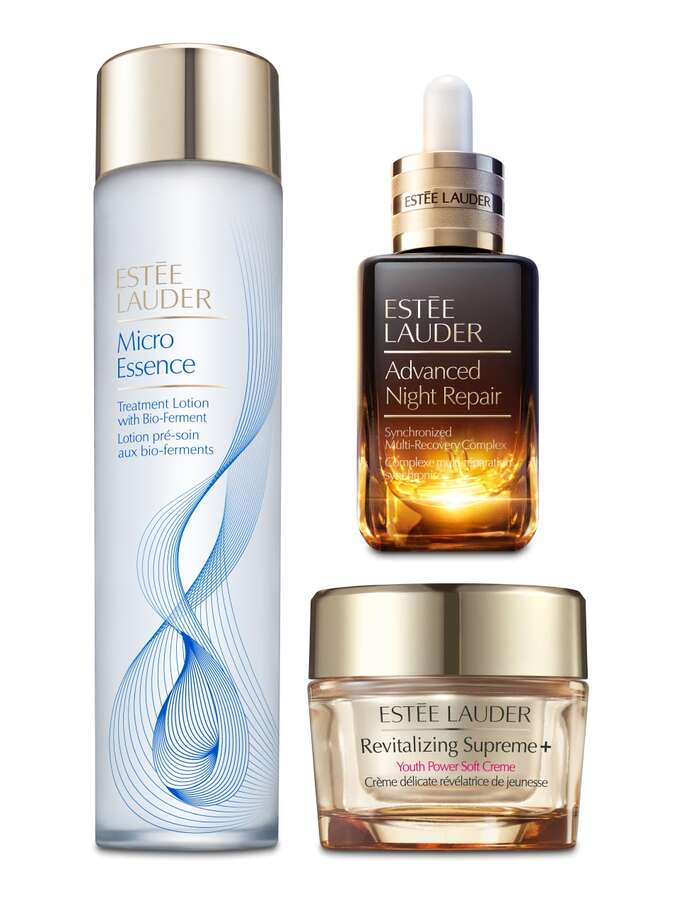
Innovation Anchored in Consumer Insight
Innovation has been central to Estée Lauder’s staying power. The company consistently invested in research and development to create groundbreaking products, such as the Advanced Night Repair serum launched in 1982. It was one of the first products to use hyaluronic acid and target visible signs of aging using scientific claims, long before such approaches became industry standard.
Estée Lauder also embraced digital transformation early. By the mid-2000s, the brand was investing in e-commerce and using online platforms to reach younger consumers. In recent years, it has leaned heavily into influencer marketing and social media, recognizing the shift in how beauty consumers discover and evaluate products.
Navigating Challenges with Strategic Focus
Like all global companies, Estée Lauder has faced challenges. Economic downturns, shifts in consumer preferences, and the COVID-19 pandemic all tested the brand’s resilience. In response, the company accelerated its digital and direct-to-consumer channels. During the pandemic, online sales helped offset the decline in brick-and-mortar retail.
Moreover, the company has committed to sustainability and inclusivity, responding to global consumer demands for transparency and ethical practices. Initiatives like reducing carbon emissions, sustainable packaging, and inclusive product development reflect Estée Lauder’s adaptability and forward thinking.

Key Lessons for Aspiring Entrepreneurs
- Start with Product Excellence: Estée Lauder believed in her formulas and demonstrated their effectiveness herself. Quality and trust were non-negotiable.
- Innovate in Marketing: Creating a demand through unique strategies like “gift with purchase” and maintaining brand exclusivity can elevate perception.
- Control Brand Experience: Establishing owned operations instead of licensing ensured consistent quality and branding across markets.
- Adapt and Diversify: Acquisitions and digital transformation allowed Estée Lauder to remain relevant and resilient through market shifts.
- Stay Authentic: From the start, Estée Lauder built her brand on personal connection and authenticity, a principle that still underpins the company.
Estée Lauder’s rise is more than a story of beauty; it’s a masterclass in brand building. With unwavering commitment to excellence and a sharp eye for market trends, Estée Lauder transformed a kitchen-made cream into a globally recognized symbol of luxury and innovation.



